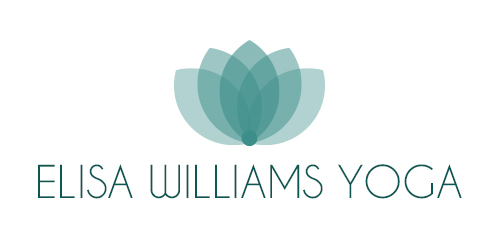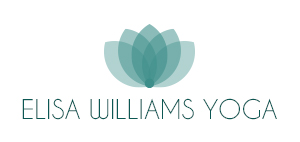Partly through demand and partly through personal preference, in recent years my yoga style has tended to predominate towards teaching and practicing vinyasa flow yoga. I was recently at a training workshop where the whole premise of flow yoga was put under scrutiny as to its benefits and in the mind of the yoga teacher and practitioner leading the workshop, the implications of the possible complications in the body that can arise after a strong long term flow practice.
However while I am not prepared to abandon what I consider to be my mindful and moderated blend of vinyasa flow in favour of constructing asana from a static starting point, I can see it does have many benefits. It is also well worth taking the opportunity to deconstruct our yoga asana from time to time to ensure that we are not compromising ourselves physically as a result of misalignement in our practice which can so often happen when we find ourselves been overtaken by the flow!
I am often asked by students if we only have a few moments a day to squeeze in a quick practice what should we choose to do when there is so much on the menu. When this is the case and time is in short supply I feel it can often be a really good idea to do fewer poses and hold them for a longer length of time. While some sun salutations are great to warm us up, oil the joints and get the heart pumping afterwards try and put your foot on the breaks and slow things down. It is this that for many of us can become much more challenging.
Here are some words of encouragement and advice to help.
When we hold a pose for long enough for it to feel a bit uncomfortable, we not only begin to build strength in our muscles but we are also building strength in our minds. We begin to demonstrate to ourselves that we are stronger than we think and this self-realisation can be an invaluable gift.
SO next time you find yourself in hurry or even in a yoga class where the teacher asks you to sustain a pose for longer than you normally would try and resist the urge to adjust your vest, brush your hair out of your eyes or itching your nose remember that by fidgeting or becoming distracted you are taking your mind and your body out of the pose and therefore you are no longer practicing yoga.
You also need to really relax. Spend time scanning your body with your mind’s eye and notice whether you’re holding tension anywhere in your body unnecessarily. Notice whether you’re clenching your teeth, if the muscles surrounding your eyes are tense, if your tongue and your shoulders are relaxed. Try to relax anything that doesn’t have to be tense in order to support you in the pose. The amount of people I see in class in Boat Pose (Navasana) with fixed grimaces on their faces and yet not one of their facial muscles are helping them to hold the posture!
Try and encourage yourself to breathe into every area of sensation. Your breath plays an enormous role in every yoga pose. Try with every inhale imagine that you are creating space within your body and with every exhale go just a little deeper.
You also need to pay attention. When you let your mind wander off into your thoughts during a yoga pose, you are not just putting yourself at risk for injury as you have stopped listening to your body but you also begin to lose the quality of the pose and are forfeiting its ability to work deeply in your body.
Finally try and add a little bit of variety to spice your practice up a little. If you practice in the exact same way that you have always practiced yoga, you will ultimately find that you get pretty much the same results each time. I like to think yoga needs to be a little bit like life, or to quote Forrest Gump – “a box of chocolates – you never quite know what you are going to get”.
While routine is not always a bad thing it won’t necessarily bring real transformation and change either. By making little adjustments to the way that you practice yoga day to day you may well begin to see a huge difference. Subtle changes like lengthening your tailbone towards the floor, lifting your chest toward the heavens, or engaging your leg muscles and lifting your kneecaps can activate a whole new series of muscles and help you get closer to a more challenging variation. Or just as I said at the beginning of this blog spending longer in poses and not flowing straight on to the next one , allowing enough time to experience how it feels in your body and by waiting in the present moment can bring with transformation to your state of mind as well as your physical body.



